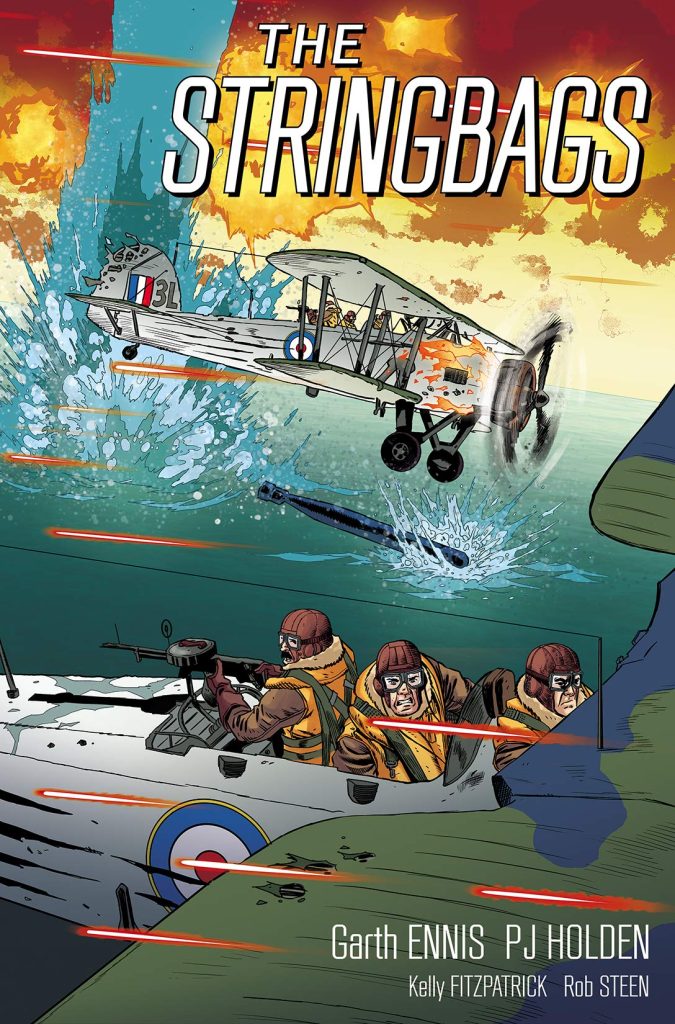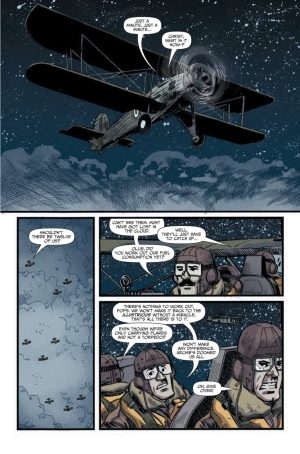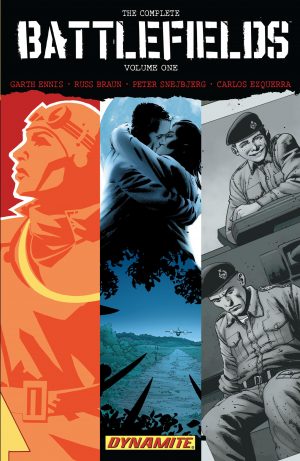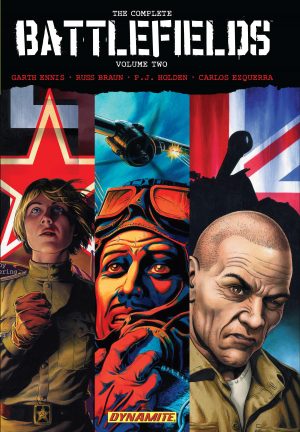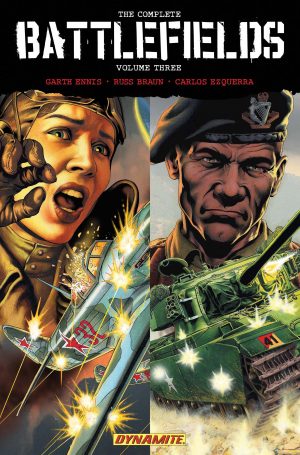Review by Frank Plowright
If you consider British fighter planes of World War II, what comes to mind? Perhaps the Battle of Britain saviours, Hurricanes and Spitfires. Or perhaps the vast Lancaster bombers. It’s only the experts who’d realise the Royal Navy still used bombers based on World War I designs in the Fleet Air Arm, the Fairey Swordfish, rapidly nicknamed ‘The Stringbag’.
Those planes are the focus of three collaborations between Garth Ennis and P.J. Holden focusing on the Fleet Air Arm in the early days of WWII. Ennis personalises the pivotal 1940 Operation Judgement via three airmen only just about pulling their weight. The aim was a surprise November raid on Taranto where the Italians maintained their primary port, the object being to destroy as many battleships as possible. Given Italian defences even a successful mission would see very few raiders return to safety. While the farcical incompetence of the three leads provides some contrast, Ennis only uses that to avoid The Stringbags becoming too dry as he directs this detailed recreation. They’re the voices noting the fates of their fellows, supplying the updates and commenting on progress.
P.J. Holden has collaborated with Ennis on several previous occasions, notably on his Battlefields series, but his art on The Stringbags is a career peak with colourist Kelly Fitzpatrick bringing out the best in way previous collaborators haven’t always managed. Holden’s art has always been detailed, but the most striking images here show aircraft from distance against the vastness of the sky or the sea. The detail is absent, but these carefully composed illustrations resonate. He sometimes pictures boats in the same manner, and his wartime action conveys the chaos. Perhaps his portrayal of people’s expressions is too exaggerated in places, and his version of facial wounds certainly is, but that’s a minimal cost for the remainder.
The same airmen feature in all three stories, their fortunate escape from Taranto leading to a different posting and an assignment to target the Bismarck, the most feared German battleship in 1940. After that the Stringbags are involved in the effort to prevent Germany sailing their three big warships back home from the Mediterranean through the English channel in 1942.
Once you’ve read all three stories it becomes obvious why Ennis wanted to tell them. For all that the Fairey Swordfish was the technology of two decades previously it played a notable part in some major successes. Ennis also takes the opportunity to reflect, via the most sombre of his characters, on what it must be like to be aboard a ship or on a plane and know death is coming. However, that’s indicative of the mixed tone, as The Stringbags can veer rapidly from farce to tragedy and the three cast members are never convincing as anything other than commentators. Still, as the everyman personification of the immense bravery required to go into battle outmatched and outgunned in obsolete technology they represent people whose experiences deserve more than footnotes in historical texts. The Stringbags recognises that and does them proud.
